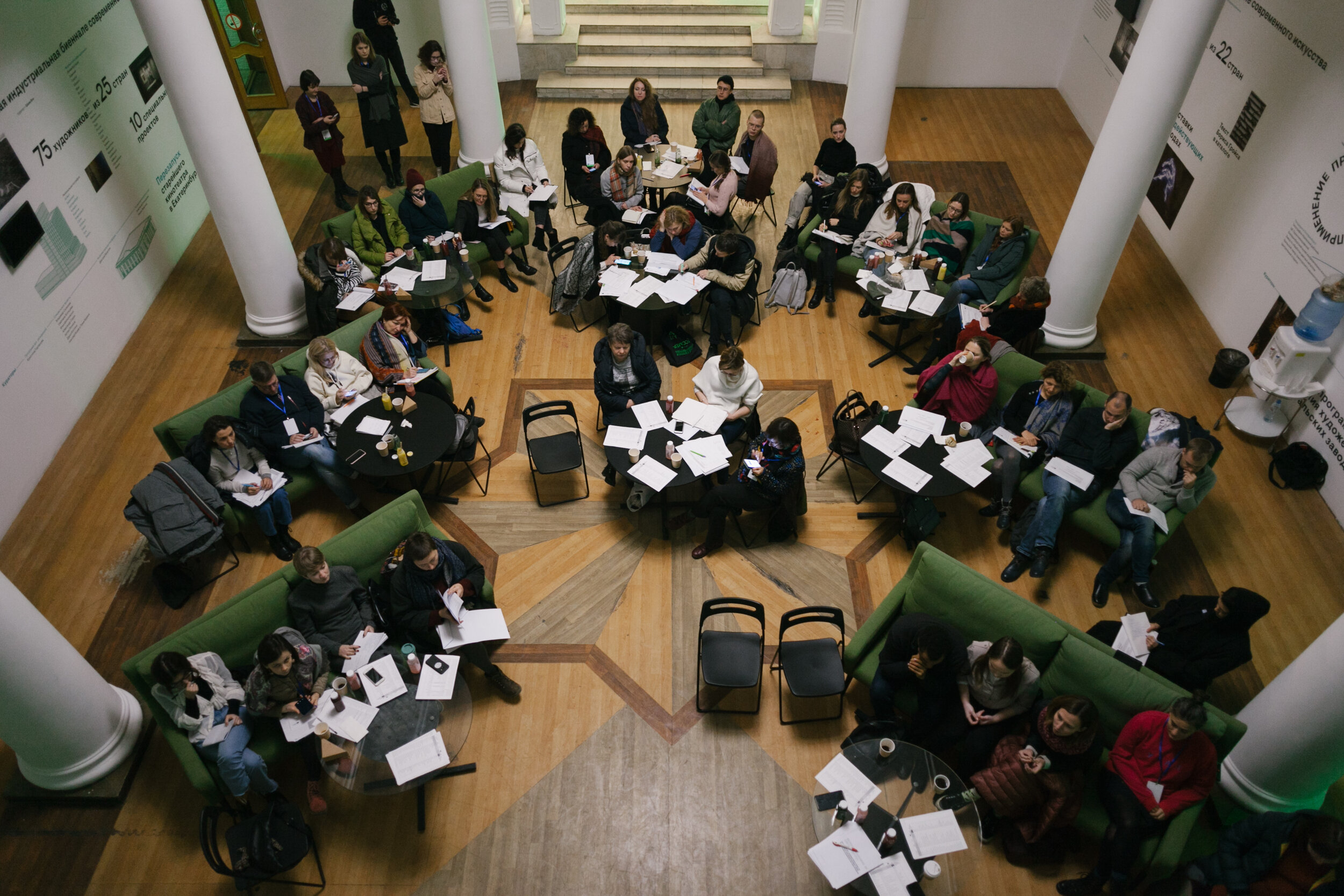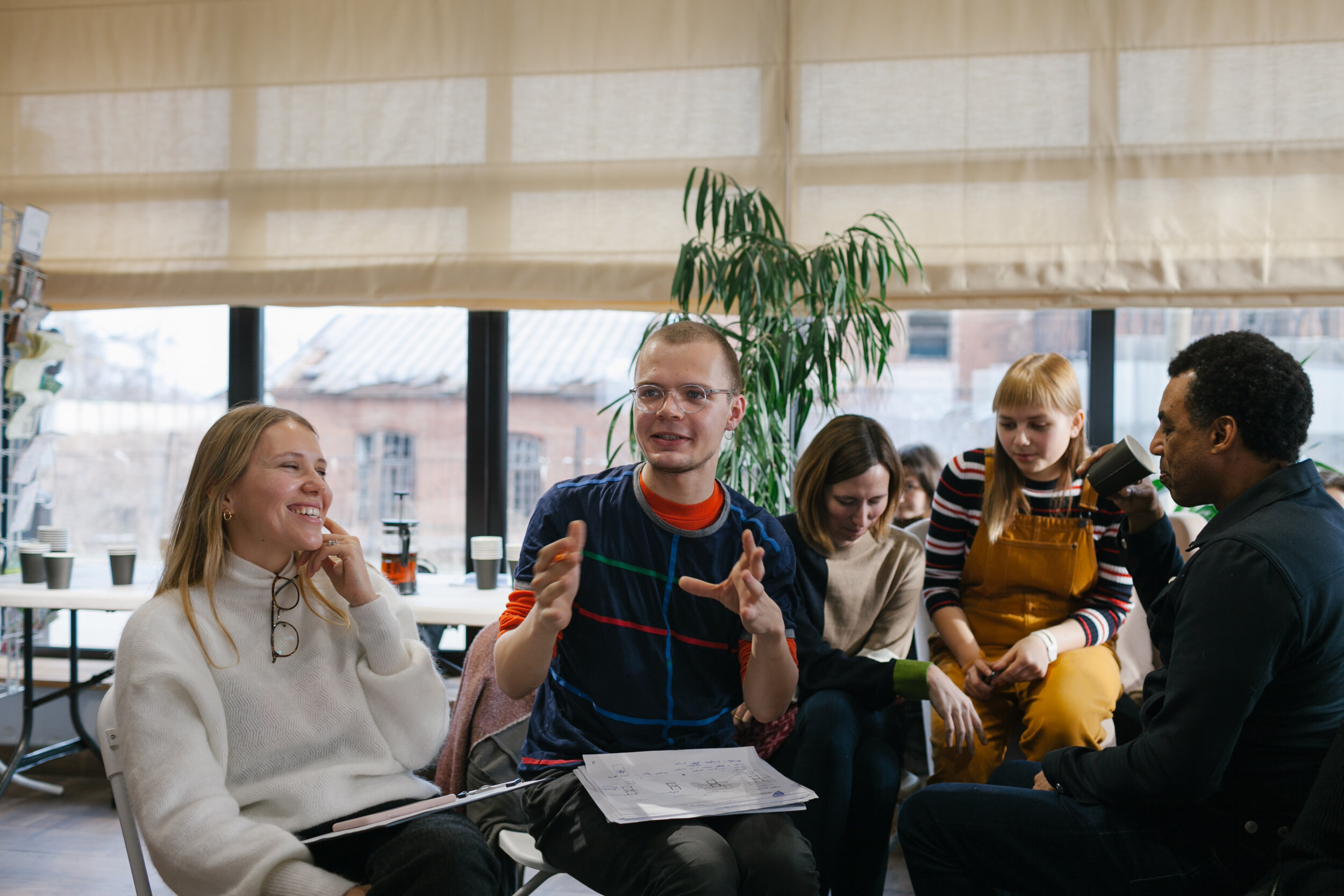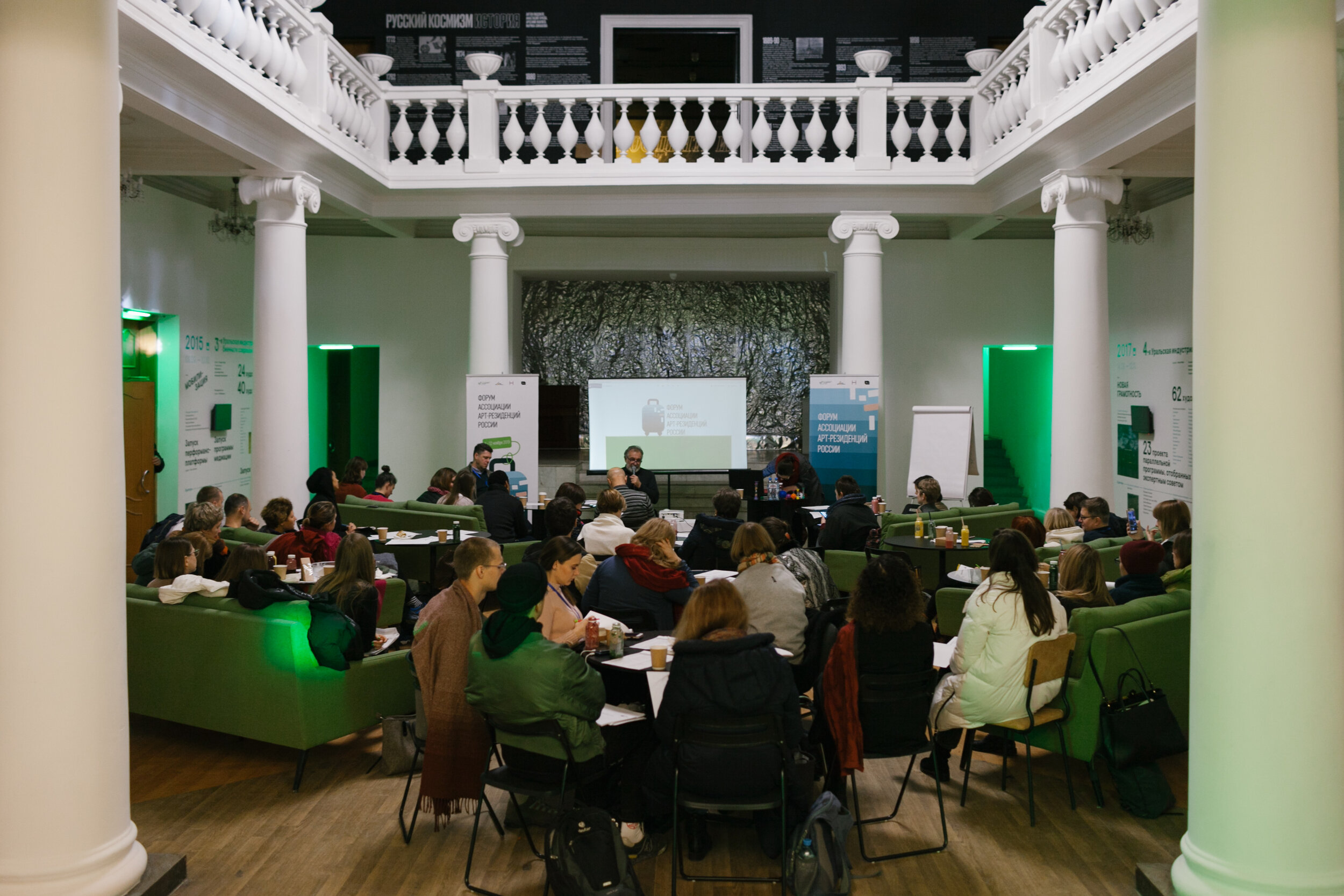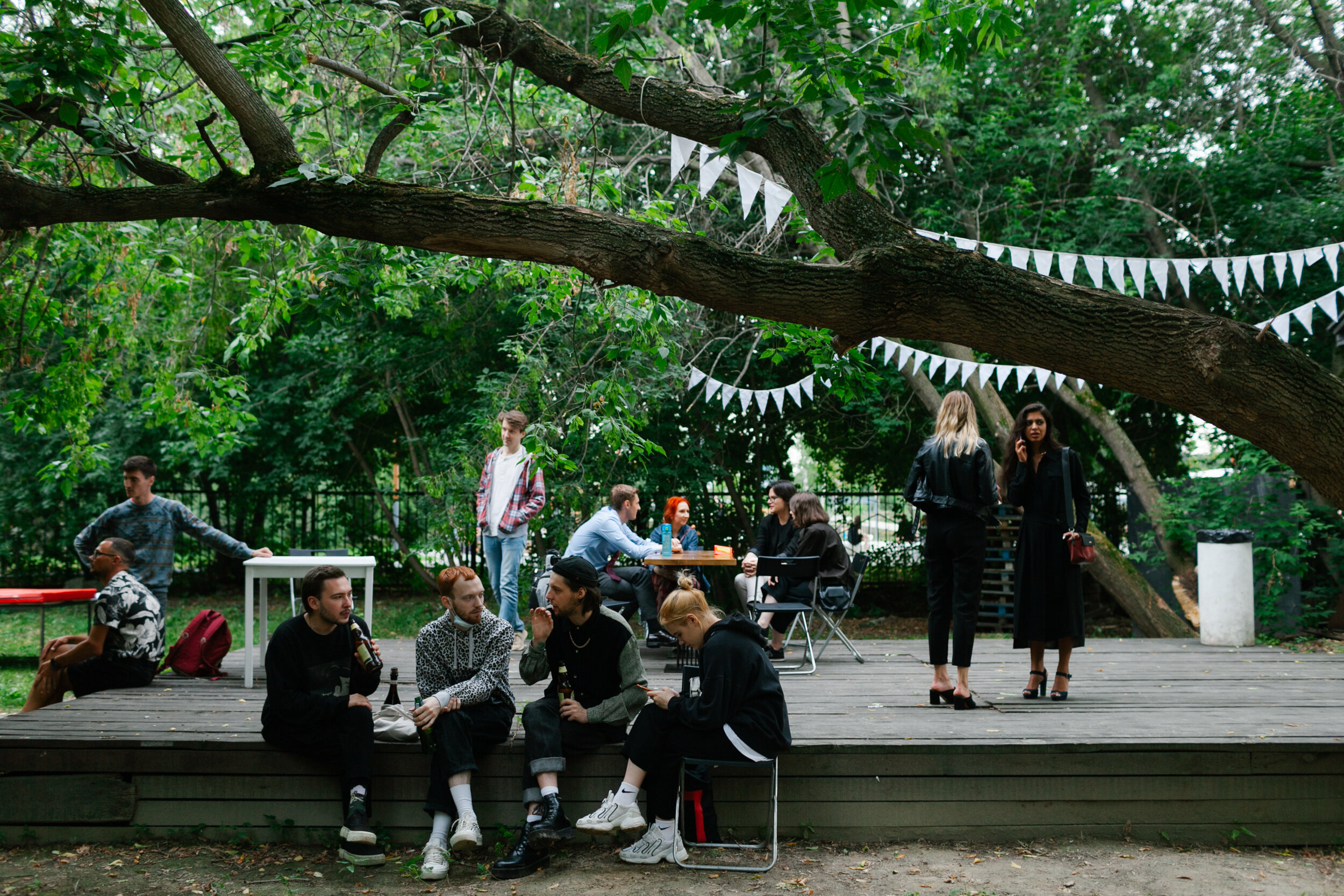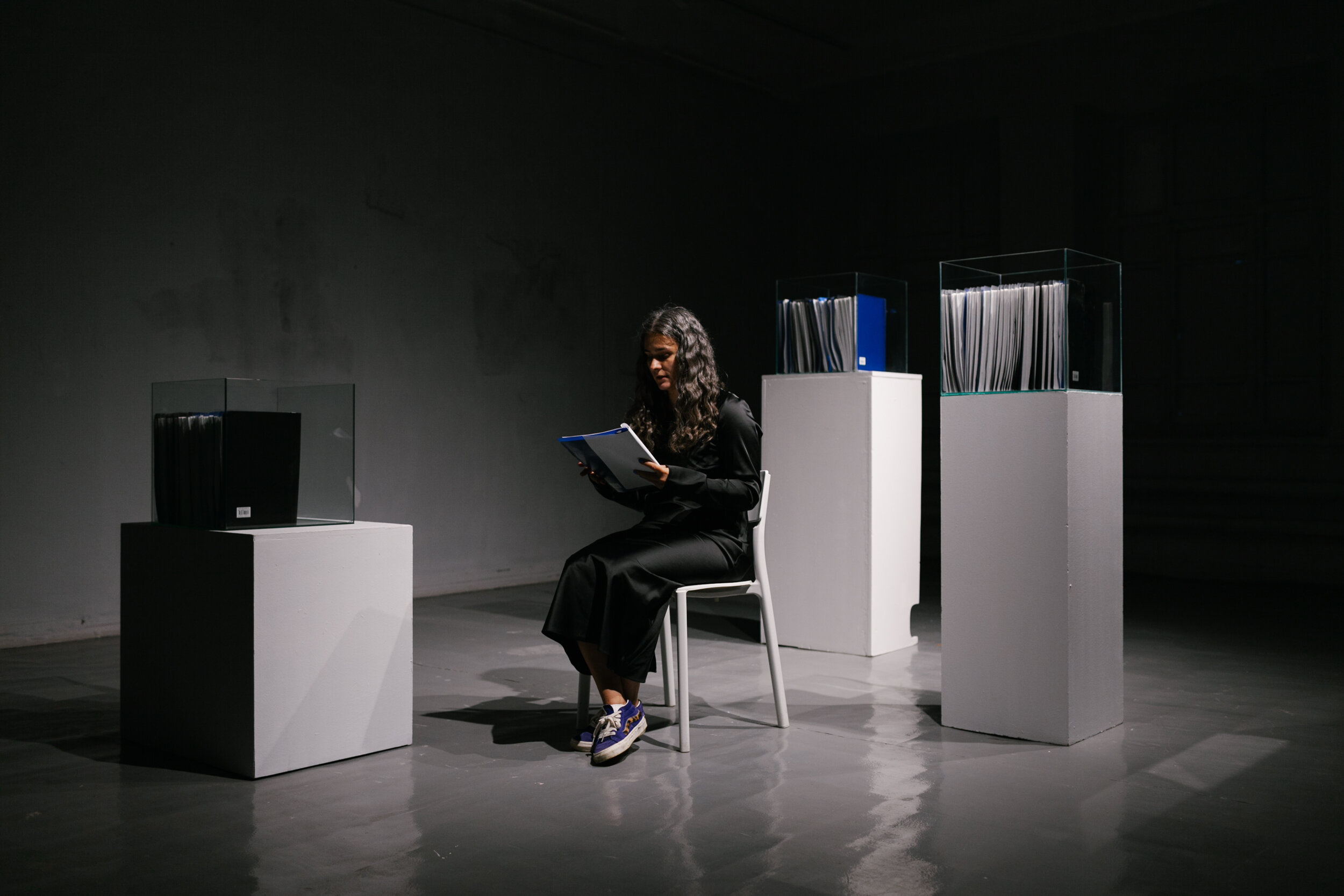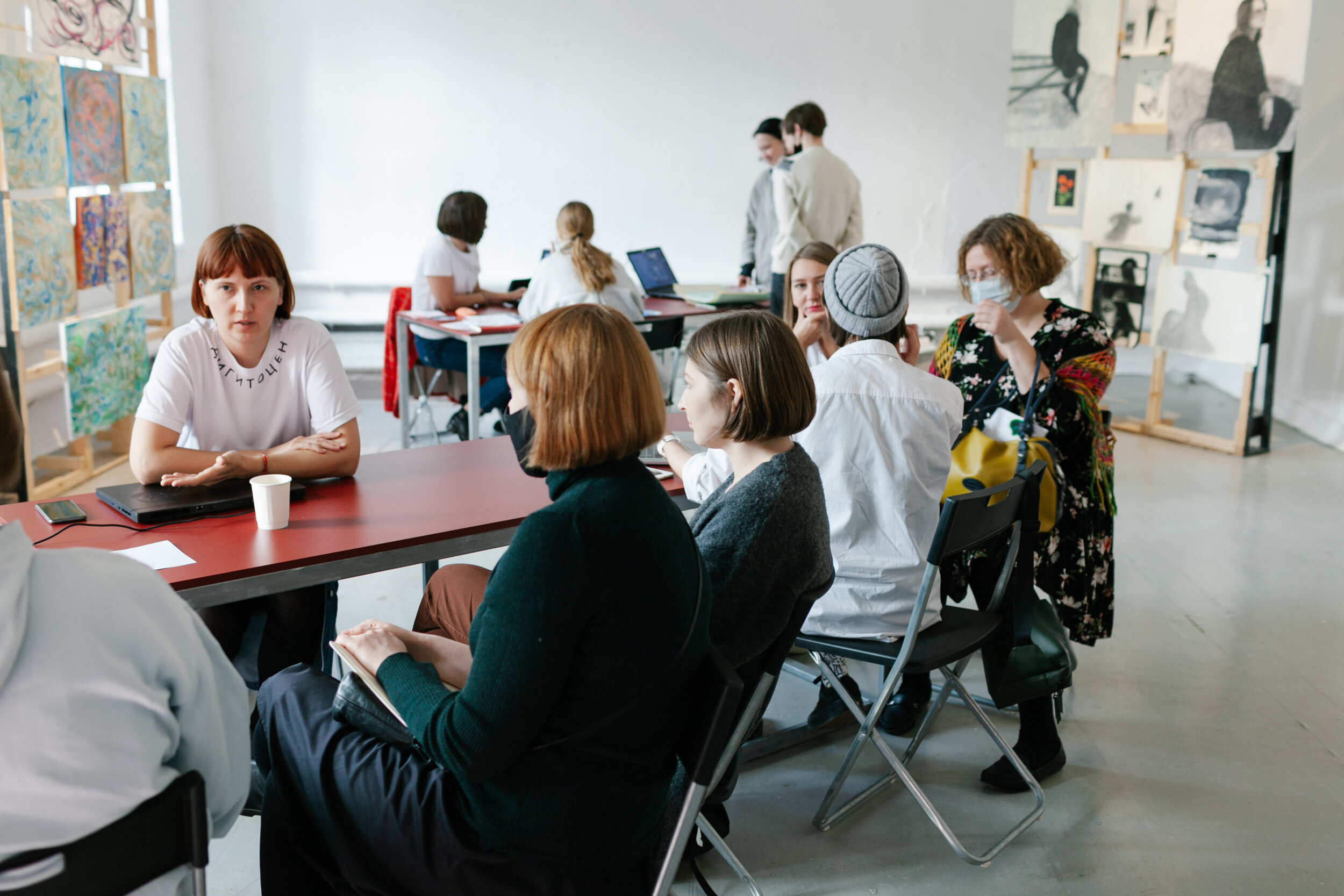Kristina, Director, Ural Branch of the Pushkin Museum and Ural Branch of NCCA
We met Kristina Gorlanova on Zoom after learning about her work creating an association of Russian artist residencies. It was great timing - continuing our trend of Russia all around, we’re publishing our first mapping of arts residencies across Russia.
Ekaterinburg-based Kristina is an expert in the art residency model. She was the curator of the Artist-in-Residence Program of the 5th Ural Industrial Biennial of Contemporary Art, having established the art residency programme in Ekaterinburg’s Metenkov photography museum. She is now Director of The Ural branch of The Pushkin State Museum of Fine Arts / NCCA Ekaterinburg. As an artist, her own photography is currently featured in the second Triennial of Russian Contemporary Art at Garage Museum, Moscow (open until 17 January 2021). Our conversation dove deep into the nuances of art residencies in Russia and abroad, and into themes like mutuality, fair reward and ambition. Let’s meet Kristina.
To start us off: please tell us about your work leading the creation of Russia’s association of art residencies.
It started out in 2016 with a meeting of about 10 people who were brought together in the framework of the Art Kommunalka residency programme, to talk about the state of the art, successes, opportunities and problems, and to promote the artist residency format.
Broadly, there’s a lack of awareness even among professionals about the art residency format and its value. For the scale of Russia, 30+ residencies is nothing - in France, there are 200+ residencies. The rest of Russia is still quite closed for artistic interventions, in both contemporary and classic art. But this really helps to understand your local problems, or maybe, to understand that they’re not problems at all.
We plan to meet every year in places with different artist residencies programmes, but we’ve postponed the next forum to 2021. Our aim is that one year will be about Russia-specific themes and the next year it will be international, thinking about formats that are missing in Russia, for example, like residencies for translators or families.
We’ll formalise as an association 2021, but at the end of 2020 we’ll launch the website with a list of participants and a map of residencies across Russia. It’s important to feature these, because only a few residencies are featured on worldwide listings of world-famous residencies. It’s valuable to promote these to people inside Russia, and to foreigners too. [Ed. We agree!] We’ll also make a guide for curators who want to work with the format. It’ll be a book, with some case studies and interviews with artists who have been to residencies. There are also new residencies planned, including an art residency in the Museum Centre ‘Peace Square’ in Krasnoyarsk, due to launch in 2021, and we hope that there’ll be more and more. Some art residencies are sadly closing their programmes, normally because of money issues.
What do art residencies look like across Russia? Are there any common features, and what is the biggest difference?
When we started the art residency at the photography museum Metenkov’s house, we thought of the residency format as a tool to solve problems that we saw in our context. But after a couple of years, we realised that a tool is a very one-sided perspective. Now I think that it’s a format that includes and is equally beneficial for both sides. We talked a lot about this in the first forum of our association. Still, a lot of institutions think of art residencies as a tool. But both sides must be on the same page to be effective and to be happy. It’s the most important thing in any relationship - to be completely transparent about goals and needs. Otherwise, it’s not fair to the artist.
Residencies are there to inspire an artist. There aren’t so many different types. Budget, however, is a big part of what makes a residency, as this dictates how the work is planned, the theme and the specificity. If you know the budget upfront, you can tell what the budget is for the production, travel expenses, per diem, etc. In Russia, I’m sad to say, the budget is usually the main problem.
How you find the artists is all to do with how you actually plan your work inside of the programme, if there is a programme at all, or if it’s just a residency that works non-stop without a theme or some specificity from year to year. An approach might be most successful when it’s mixed, so one year open call, the next, a curatorial approach. An open call can attract an artist you don’t know who’s interested to work in the theme you want to expand. There is nothing wrong with a curatorial choice either, though this relies on research. There might be limitations, but you just have to be aware of them. Some residencies also ask for recommendations, or nominations, for the artist.
In my own experience, I’ve seen some differences in how Russians and UK artists approach residencies. A few UK artists happily use the residency as an opportunity to focus on their practice, whereas some Russian artists seem keen to provide an artistic output at the end. Is this a cultural thing, or is there more to it? Do you have any insights in how different artists adapt to residencies and use the opportunity?
I think that’s the main difference between artist residencies abroad and in Russia. Nearly all residencies in Russia are aimed at having a result. How it started in the Metenkov House, we won a grant for the residency programme. Of course, we wanted to produce something, to show the artistic approach to the city. We were super excited. But we hadn’t really thought, was it ethically normal to ask the artists to produce something in the time given?
To some people, like politicians, it’s not actually clear what a residency gives beyond an exhibition. You can’t really measure the impact for the artists taking part, and only something visual like an exhibition will really work, as well as the media coverage, the visitor numbers and so forth.
One international artist, Anika Schwarzlose, was interested in the Urals, in the city, but wouldn’t do the residency if she was required to create an exhibition. So, as a kind of compromise, we asked if she could show her research somehow, on the themes that she found interesting in the city. The exhibition room was filled with research, with notes, images. It was amazing, because it showed both local artists and normal visitors to the museum how artists could work.
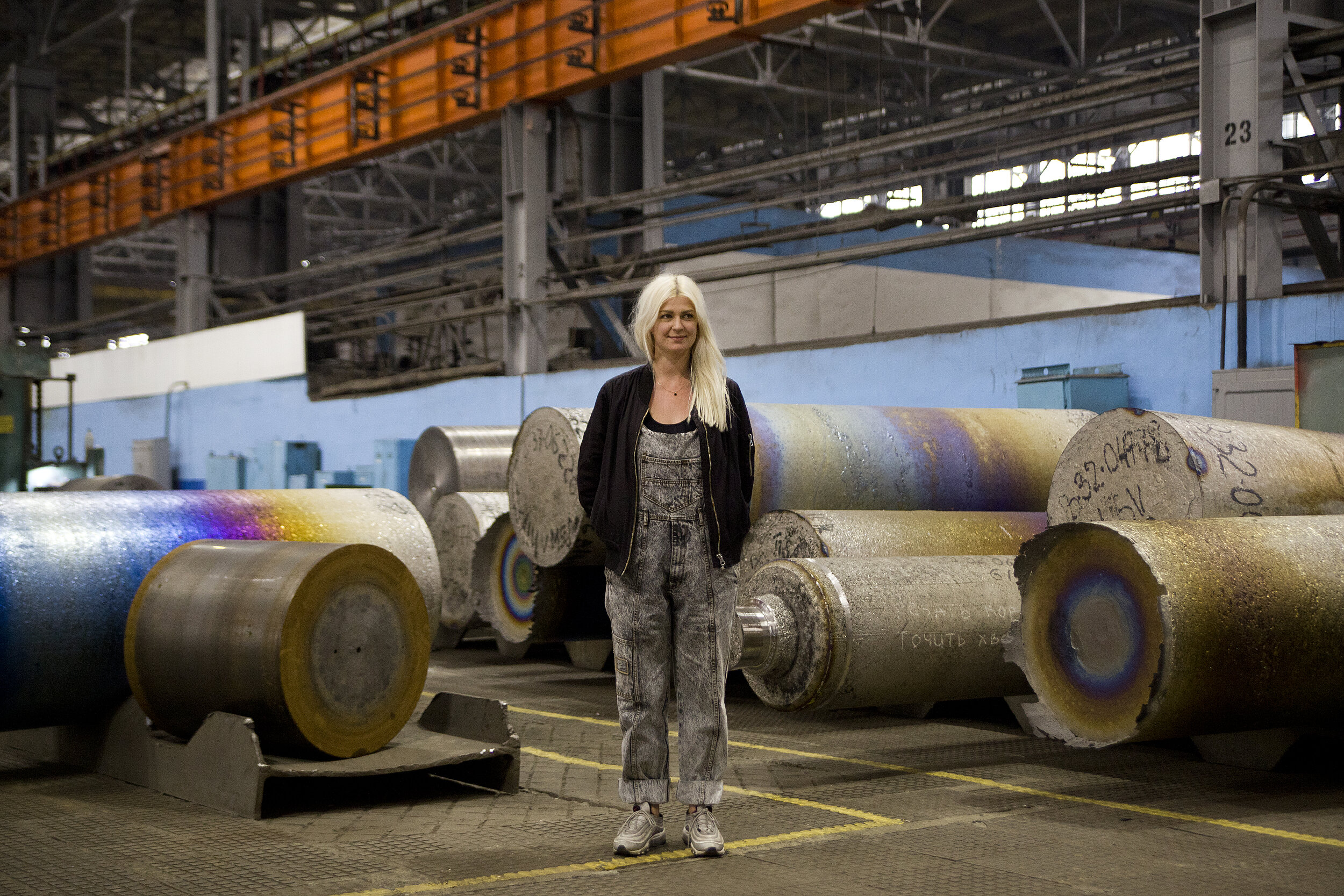
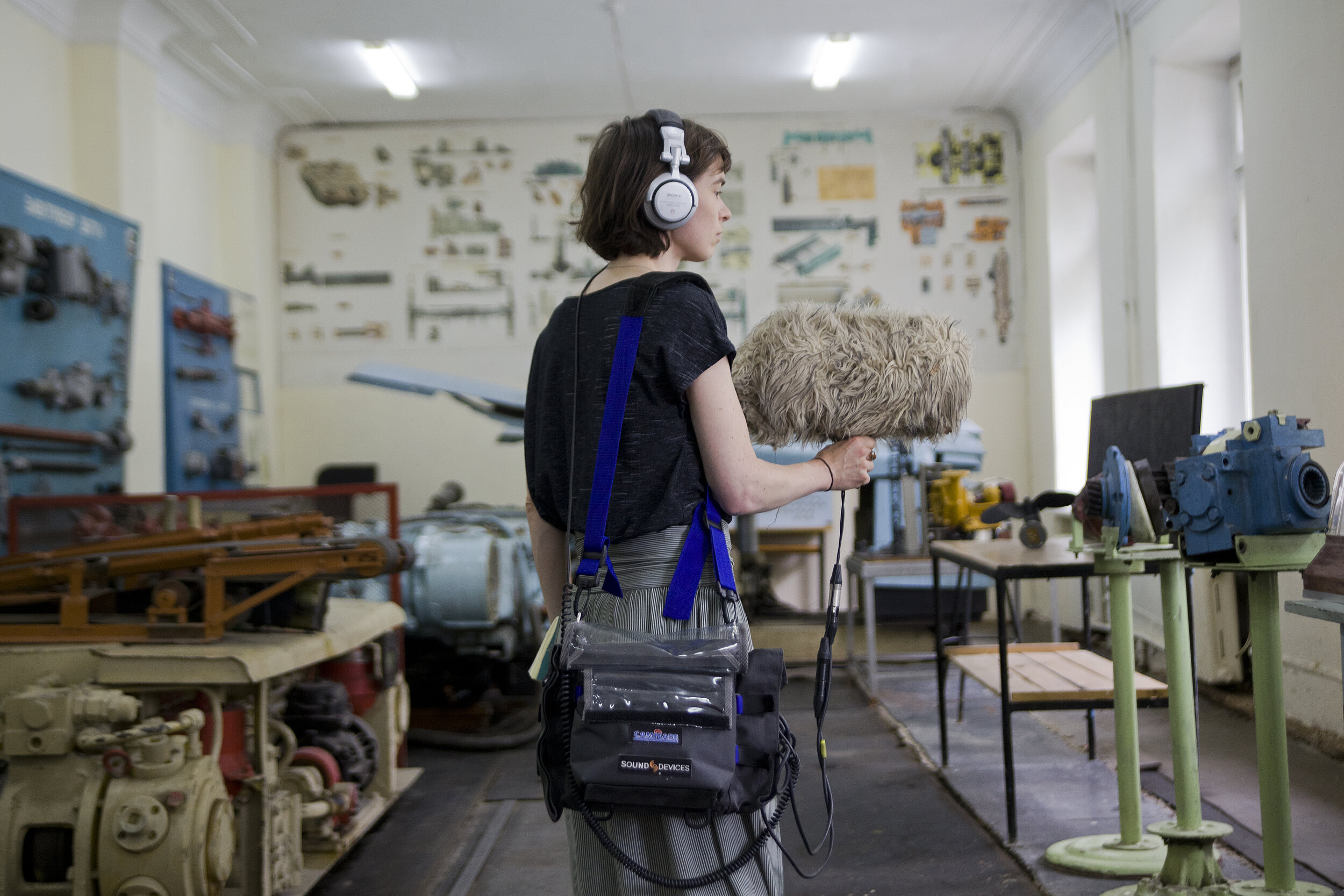
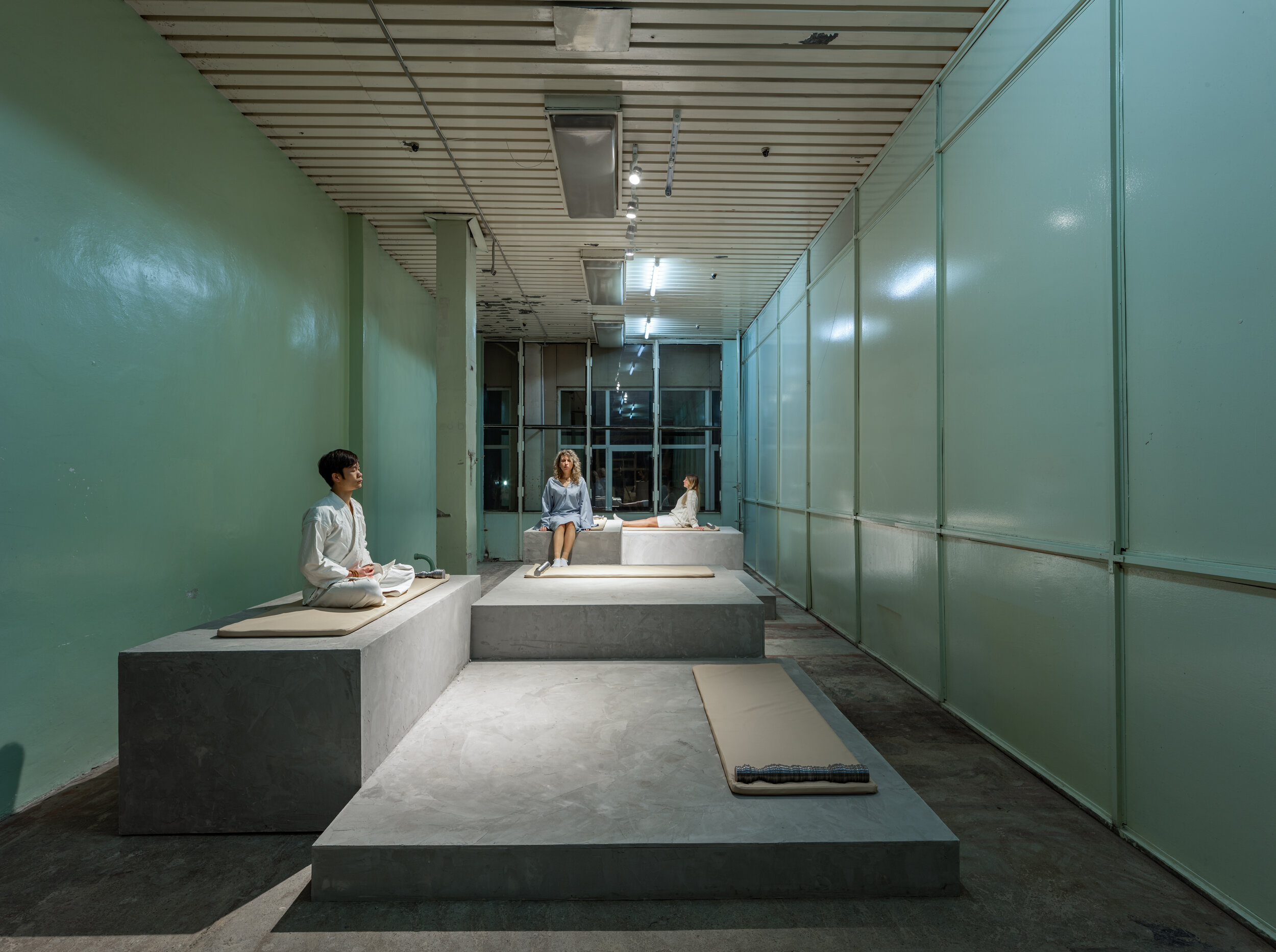

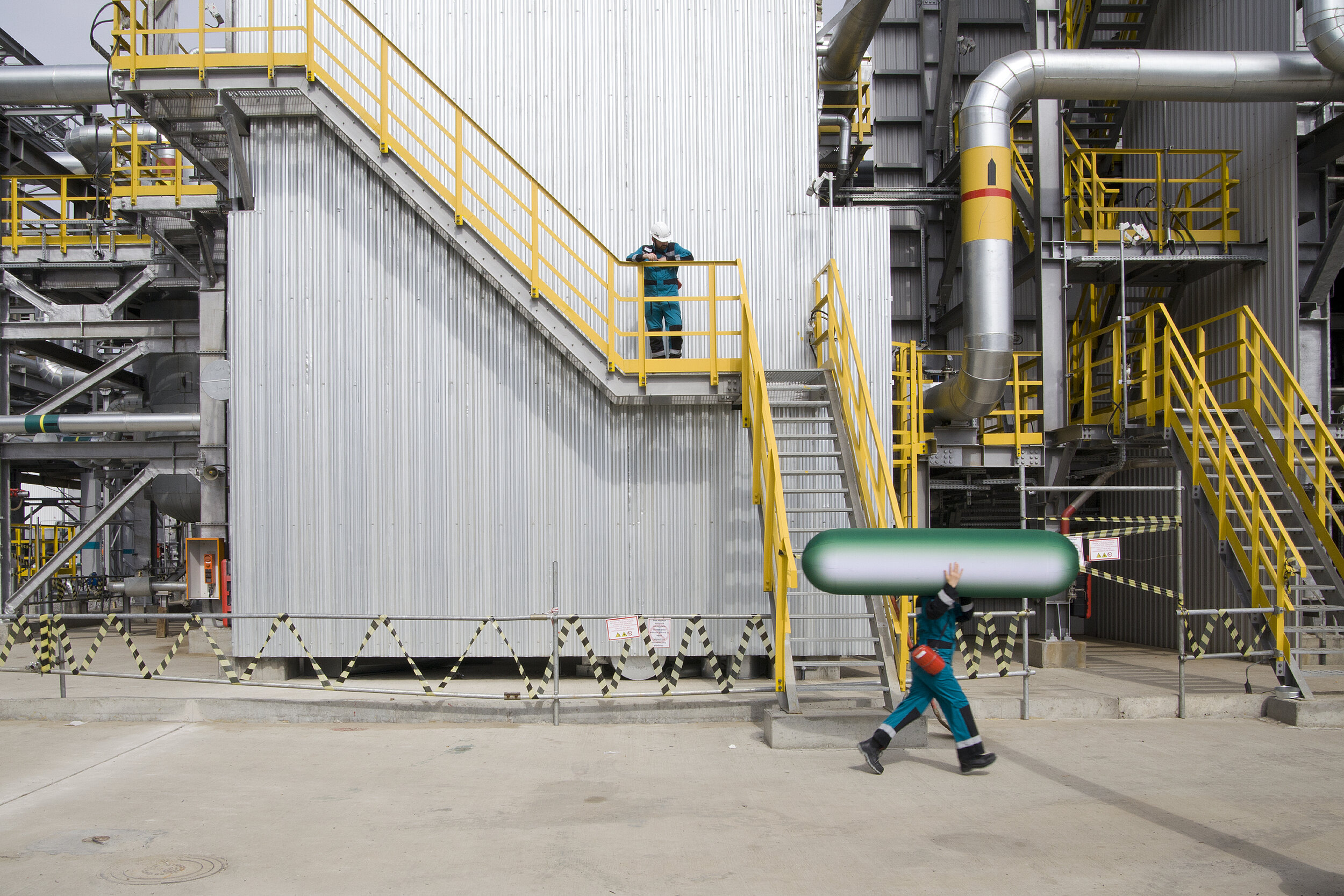



So there are some kind of differences, but it’s not only a cultural thing. Augustin Rebetez could produce an exhibition in a week, because that’s how he works. He wanted to work in the exhibition space directly instead of the studio. It was another very cool experience for us, this difference between the artist and how they work, and the moment when they’re ready to present the work or the thing that will be shown as their work. If there was an equal amount of residencies, where the artist could choose either product or process, I think it would be really cool.
Let’s talk about impact. Is it hard to see the benefits of the opportunity for the artist?
I would be happy to go back to the people I worked with, with ten year’s perspective, to see if something changed after the residency. Luckily, I’m still in contact with the majority of artists we worked with. One artist showed the work they produced at the Metenkov in another international exhibition last year. It means I actually succeeded in supporting the artist - that’s the most important thing - and that the context is actually visible not only here, in Ekaterinburg, but also somewhere else in the world. It’s super cool.
In the association, this was a really hot discussion. Some people think that the result of a residency should be something that is visible immediately, as a result of the process. I thought about this a lot at that moment, and I still think about it. The result of an art residency is someone coming to work with you and work in the context. Anything else that happens, is additional. There is a very small chance that something could go wrong...what would be an unsuccessful art residency, like a completely failed residency, look like?
A failure would be if the artist feels bad, annoyed, or uncomfortable. Or if you feel that way, and you can’t find the solution to that. But the rest is OK.
Looking at our mapping of residencies for both Russian speakers and non-Russian speakers across Russia, there is a fairly common theme. Artists are expected to pay for either some or all of the costs of the residency in nearly all cases. Do you have any thoughts on the sustainability of these residencies? What do you think when you see residencies where no costs are covered?
I think that supporting the artist is one of the main aims of a residency. If you’re not supporting the artist with money, then it should be with something else that’s just as valuable. For example, in New York, there is an art residency where artists come to the residency and pay for the accommodation, but not as much as they would pay for their own studio. There are a lot of network opportunities, there might be an exhibition. They’re paying a lot, but they get a lot. And that’s OK. In Russia, it’s sad that some institutions aren’t able to support their artists, and in some contexts, they don’t offer much other value to the artist.
In that context, what makes it different if that person just visited as a tourist? The curatorial or translation support might help, but it still might not make it equal. I don’t really have an answer as to whether it’s fair to call it an art residency or not. I still don’t think that I’m in a position to judge this, especially when the artists are coming to such residencies, and as long as they are happy with the results. I personally think that we have to share costs, and that we have to support artists more.
Sometimes the limitations of the institutions play a role in this. But it’s better to offer something small, to offer to cover some costs, when you might offer something that an artist is looking for, rather than to close. Then, there is something that can be improved, and the institution can look for opportunities to get funding, or an artist might be able to come with their own funding. What’s most important is that the money is discussed upfront in a very detailed way.
In our mapping and analysis on ArtyGeneration, we’re seeing more attention being paid to artistic activity happening outside of Moscow and St Petersburg. Has anything changed in how people think about the ‘regions’ in Russia’s creative landscape?
Even ten years ago, everything was so capital-centred. But now, the people who we see going somewhere, for study or for work, they’re less likely to be gone for good. It’s always temporary, we see them coming back. They are enjoying it here, the city, the region. It’s really cool. Another thing with the regions, it’s a funny thing - you always feel like there is Moscow, and then there are the regions. But it’s very Moscow-style to talk about the regions as it’s something very similar, as one mono-place, as something very equal. They are so different.
Now we are seeing lots of connections between the regions, avoiding Moscow. It’s much easier for me to work with someone in Novosibirsk or Kazan than to interact with some institutions in Moscow, because we work in a very different context and we have very different interests. It’s a good trend. It’s inspiring, and it’s more horizontal. We can help each other, instead of being helped by Moscow in a type of one-way interaction. The regional relationship is more two-way, more natural, more satisfying, easier. It’s more of an exchange.
Ekaterinburg has been described as one of the cities of future Russia. What is it like working as a cultural professional and artist in Ekaterinburg?
It’s a tendency that people only seem to focus on the future, less on the past, and not about nowadays. But it’s nice to hear. I always say Ekaterinburg is the best Russian city. It’s super compact, and the atmosphere is super friendly. The institutions know about each other, they’re not competitive. Right now, the arts and cultural field is so supportive, mostly friends. We meet everywhere, we support each other at events. This is a very important thing that helps us to do more in the field, it helps the whole scene. Knowing that there’s a bigger value and that our work will have a bigger impact, is why people are coming back.
NCCA Ural branch, a place to gather in Ekaterinburg.
Check out a series of interviews with other artist residency curators on the NCCA’s Instagram account, and follow Kristina on Facebook and Instagram.

